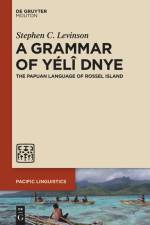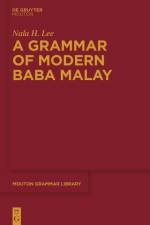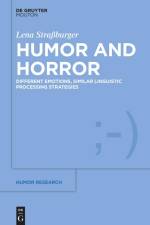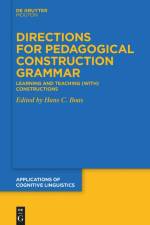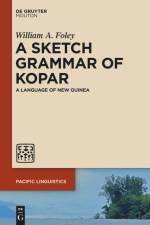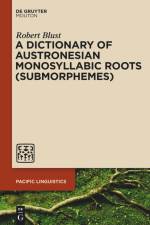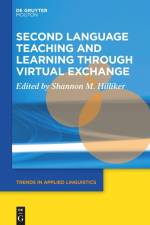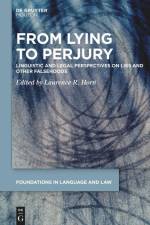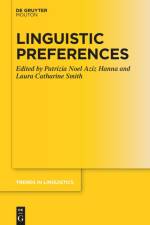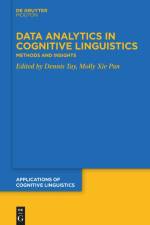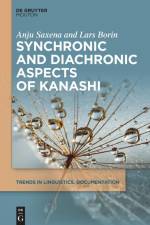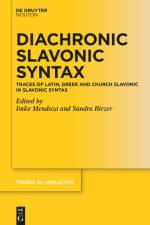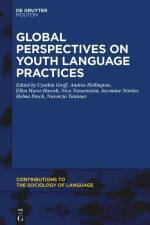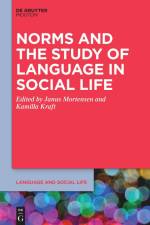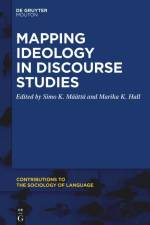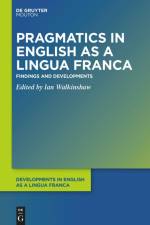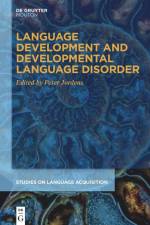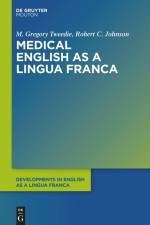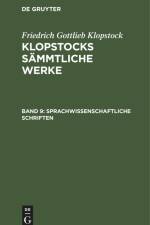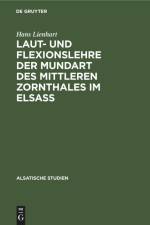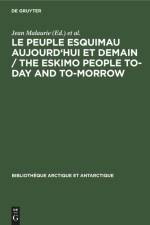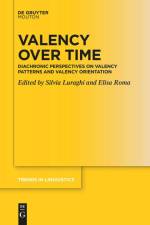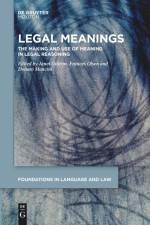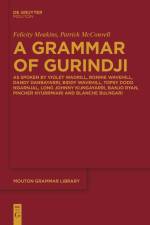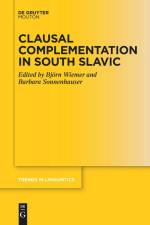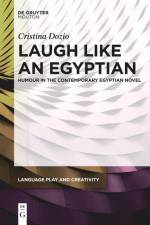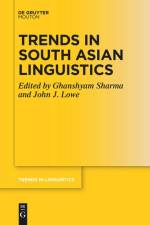von Cynthia Groff
19,95 €
Most journal articles, edited volumes and monographs on youth language practices deal with one specific variety, one geographical setting, or with one specific continent. This volume bridges these different studies, and it approaches youth language from a much broader angle. A global framework and a diversity of methodologies enable a wider perspective that gives room to comparisons of youth¿s manipulations and linguistic agency, transnational communicative practices and language contact scenarios. The research presented addresses structural features of everyday talk and text, youth identity issues related to specific purposes and contexts, and sociocultural emphases on ideologies and belonging. Combining insights into sociolinguistic and structural features of youth language, the volume includes case studies from Asia (Indonesia), Australia and Oceania (Arnhem Land, New Ireland), South America (the Amazon, Chile, Argentina), Europe (Germany, Spain) and Africa (Uganda, Nigeria, DR Congo, Central African Republic, South Africa). It expands on existing publications and offers a more comparative and "global" approach, without a division of youth¿s strategies in terms of geographical space or language family. This collection, including a conceptual introduction, is of interest to scholars from several linguistic subfields working in different regional contexts as well as sociologists and anthropologists working in the field of adolescence and youth studies.

